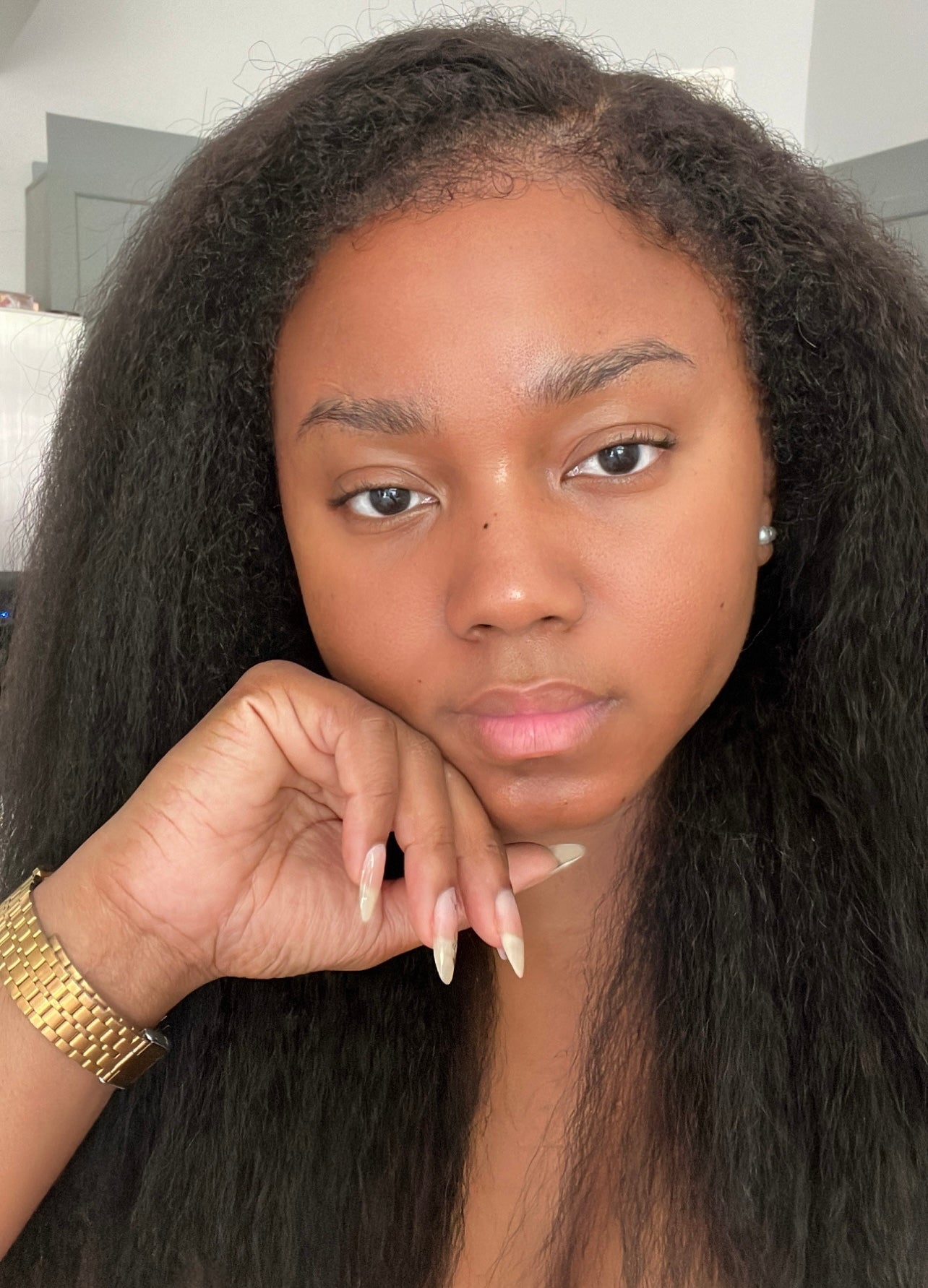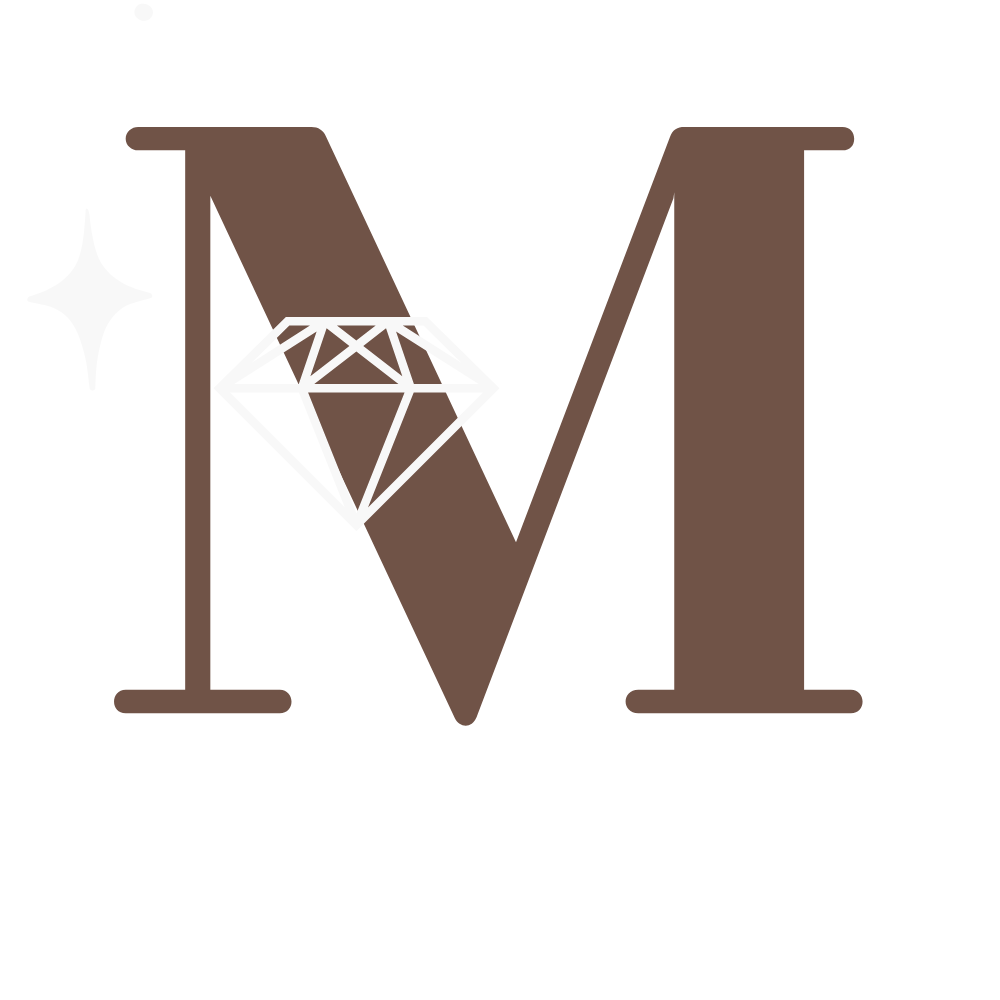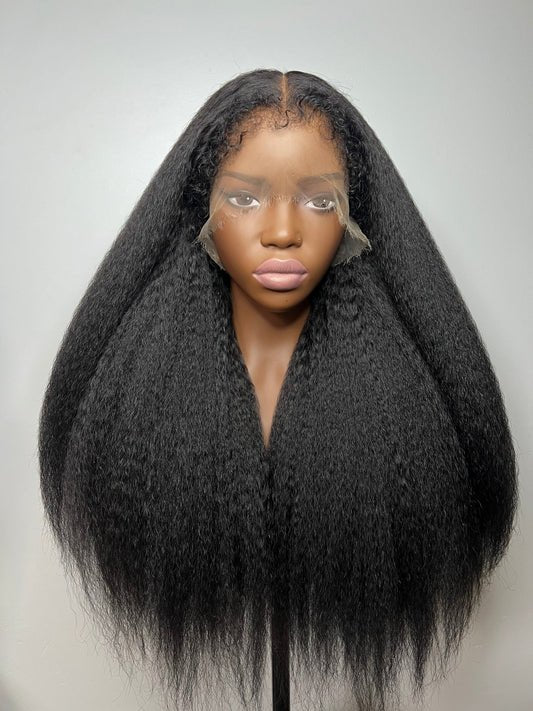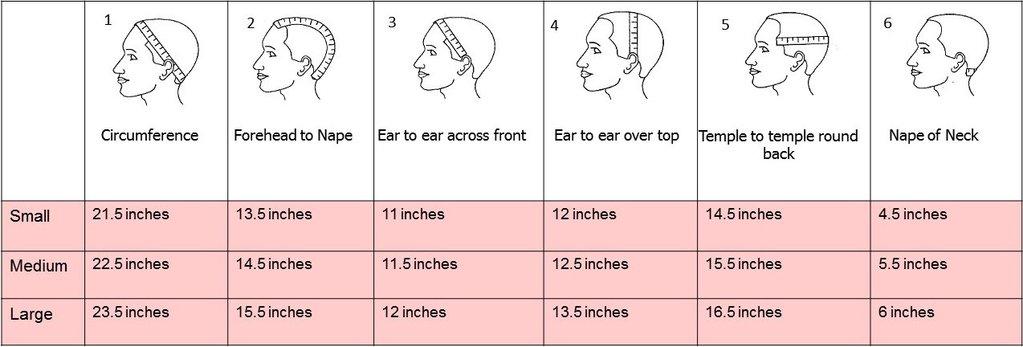
Achieve a Flawless, Natural-Looking Wig Install: 5 Techniques to Hide Your Natural Hair
Achieve a Flawless, Natural-Looking Wig Install: 5 Techniques to Hide Your Natural Hair
Installing a wig flawlessly while keeping your natural hair protected is an art. Whether you're new to wigs or a seasoned pro, choosing the right method to hide your hair is crucial. In this article, we'll explore five popular techniques: cornrows, flat twists, braidless cornrows, three-strand braid and plait combo, and low buns. We'll break down the pros and cons of each method to help you find your perfect match.
Discover your perfect look with Mellow Diamond's diverse selection of stylish and natural-looking wigs.
Cornrows
What Are Cornrows?
Cornrows are a traditional African style of braiding the hair close to the scalp in rows. They create a flat base that makes wig installation easier and more natural-looking.
Pros of Cornrows
- Flat and Secure Base: Cornrows provide a very flat surface for your wig, making it look more natural.
- Long-Lasting: This method can last several weeks if maintained properly.
Cons of Cornrows
- Difficult for Beginners: Cornrows can be challenging to master if you're new to braiding.
- Potential for Breakage: If done too tightly, cornrows can cause hair breakage and scalp irritation.
Tips for Cornrows
- Moisturize: Keep your scalp moisturized to prevent dryness and irritation.
- Not Too Tight: Ensure the cornrows are not too tight to avoid damaging your hair and scalp.
Flat Twists
What Are Flat Twists?
Flat twists involve twisting two sections of hair close to the scalp. It's a simpler alternative to cornrows and can be done quickly.
Pros of Flat Twists
- Easy to Do: Perfect for beginners, flat twists are much easier to execute than cornrows.
- Gentle on Hair: This method is less likely to cause breakage.
Cons of Flat Twists
- Can Be Bulky: Flat twists might not lay as flat as cornrows, making your wig appear less natural.
- Prone to Tangling: Flat twists can tangle easily if not maintained properly.
Tips for Flat Twists
- Use Gel: Applying gel can help keep the twists neat and reduce frizz.
- Wrap Your Hair: Use a satin scarf or bonnet at night to prevent tangling.
Braidless Cornrows
What Are Braidless Cornrows?
Braidless cornrows involve creating the look of cornrows without actual braiding, using thread or hair extensions to secure the hair.
Pros of Braidless Cornrows
- No Braiding Required: Ideal for those who are not skilled at braiding.
- Gentle: Less tension on the scalp compared to traditional cornrows.
Cons of Braidless Cornrows
- Not as Flat: This method might not lay as flat as traditional cornrows.
- Can Cause Breakage: If not done correctly, the thread or extensions can cause hair breakage.
Tips for Braidless Cornrows
- Use Soft Thread: Opt for a soft, gentle thread to minimize breakage.
- Secure Well: Ensure the hair is securely fastened to prevent it from coming loose under the wig.
Three-Strand Braid and Plait Combo
What Is the Three-Strand Braid and Plait Combo?
This method combines traditional three-strand braids with plaits (simple braids), creating a secure base for your wig.
Pros of the Three-Strand Braid and Plait Combo
- Simple to Do: This technique is straightforward and doesn't require advanced braiding skills.
- Cute and Functional: Provides a secure and visually appealing base for your wig.
Cons of the Three-Strand Braid and Plait Combo
- Can Be Bulky: This method may not be as flat as cornrows or flat twists.
- Less Long-Lasting: May need to be redone more frequently than cornrows.
Tips for the Three-Strand Braid and Plait Combo
- Part Evenly: Ensure your sections are even to create a uniform base.
- Secure Ends: Use small rubber bands to secure the ends of your braids.
Low Buns
What Are Low Buns?
Low buns involve gathering your hair into one or more buns at the nape of your neck. This method is quick and easy, making it perfect for short hair.
Pros of Low Buns
- Quick and Easy: Ideal for when you're short on time.
- Great for Short Hair: Perfect for those with shorter hair who may struggle with other methods.
Cons of Low Buns
- Less Protective: Offers less protection for your hair compared to braids or twists.
- Short-Lived: This method may not last as long and may need to be redone daily.
Tips for Low Buns
- Use Hairpins: Secure the buns with hairpins to keep them in place.
- Moisturize Ends: Keep the ends of your hair moisturized to prevent dryness.
Choosing the Right Method

Consider Your Time and Skill Level
If you're new to braiding, you might want to start with flat twists or low buns, which are easier to do. For more experienced braiders, cornrows or the three-strand braid and plait combo might be more suitable.
Consider Your Hair Type
Different hair types respond better to different methods. For example, thick or coarse hair might benefit from the secure hold of cornrows, while finer hair might be better suited to flat twists or braidless cornrows.
Consider Your Desired Wig Style
The style of wig you choose can also influence the best method for hiding your natural hair. A sleek, straight wig might require a flatter base like cornrows, while a voluminous curly wig can accommodate more bulk underneath.
Experimentation is Key
Finding the perfect method to hide your hair under a wig often involves some trial and error. Don't be afraid to experiment with different techniques until you find the one that works best for you. Your hair type, skill level, and the style of wig you're wearing all play a role in determining the best method.
Conclusion
Achieving a flawless, natural-looking wig install requires choosing the right method to hide your natural hair. Whether you opt for cornrows, flat twists, braidless cornrows, the three-strand braid and plait combo, or low buns, each technique has its pros and cons. Consider your time, skill level, hair type, and desired wig style when selecting the best method for you. Remember, experimentation is key to finding your perfect match.
FAQs
How long do cornrows last under a wig?
Cornrows can last up to six weeks with proper maintenance, such as keeping your scalp moisturized and wearing a satin scarf at night.
Can I do flat twists on wet hair?
Yes, flat twists can be done on wet or damp hair. In fact, it can help achieve a smoother finish.
Are braidless cornrows suitable for all hair types?
Braidless cornrows can work for most hair types, but they may not lay as flat on thicker, coarser hair.
How often should I redo low buns?
Low buns should be redone daily or every few days to keep them neat and secure.
Can I mix different methods under one wig?
Absolutely! Mixing methods, such as combining cornrows in the front with flat twists in the back, can help create the perfect base for your wig.


